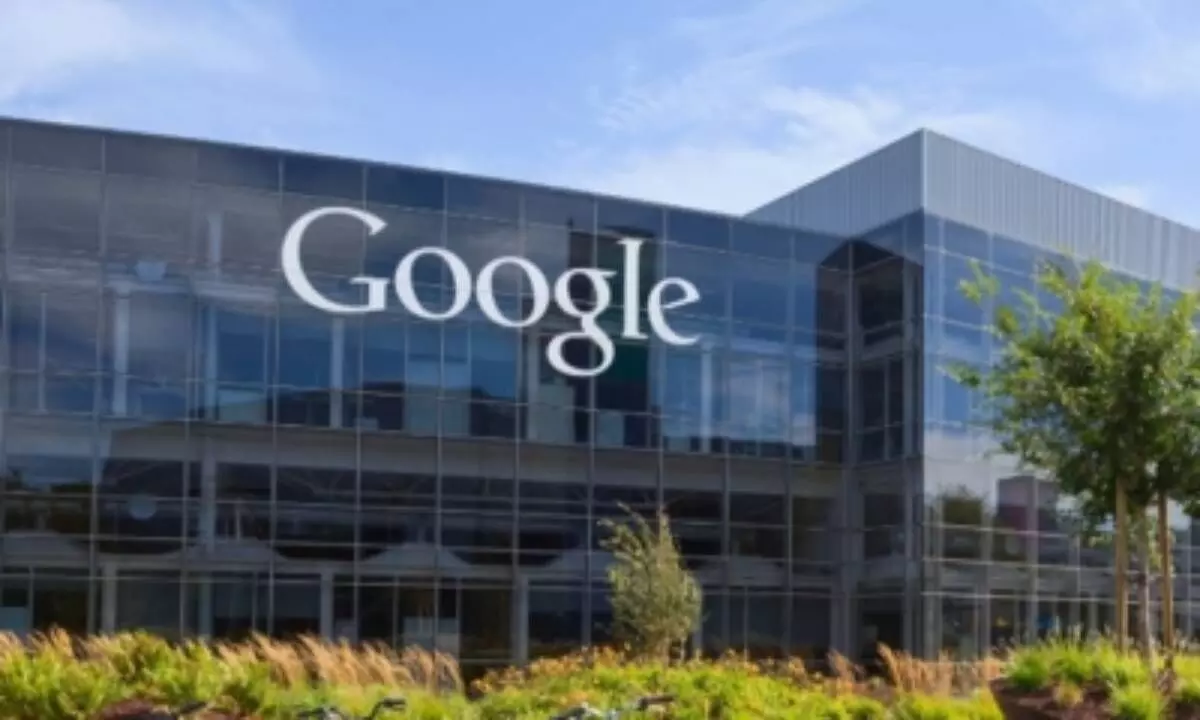Google looks at digital blended office experience, a strategy to bank on future of work
Hybrid work is increasingly becoming the new normal way of life and work, even as offices around the world start calling employees back to work three days a week. As a result, technological behemoths like Google are looking for their next big opportunity.
image for illustrative purpose

Hybrid work is increasingly becoming the new normal way of life and work, even as offices around the world start calling employees back to work three days a week. As a result, technological behemoths like Google are looking for their next big opportunity in establishing digitally blended office experiences over the next four to five years.
Following widespread adoption at the start of the pandemic, Google rebranded its G Suite offering to Google Workspace in October 2020, integrating several of its existing features and adding new capabilities to create a more holistic business suite. The company then moved to a new pricing structure for Workspace in June 2022, which sparked criticism in price-sensitive markets such as India, particularly among Micro, Small, and Medium Enterprises (MSMEs).
According to Kelly Waldher, vice president of marketing for Google Workspace, roughly 83 percent of executives the company spoke to globally expect supporting some level of hybrid work.
"Companies will have a range of maybe where they want to be on how much back in the office versus how much remote or from home. But regardless, most customers are planning to support some amount of hybrid work going forward.
"Candidly, we feel like we're all still learning and figuring out how to do hybrid work. But, it is creating this inflection point. And we're seeing a lot of customers that are starting to re-evaluate their decisions around technology," he said.
Google Workspace has over 3 billion users and 8 million customers, including free consumers, paid consumers, small businesses, and enterprises. In India, its customer base includes DTDC, Zerodha and NPCI (National Payments Corporation of India), to name a few. Additionally, Workspace operates through a network of partners, who then deliver its products at scale to their end customers. Some of its India-based partners include Wipro, TCS, Mahindra Group, and others.
In the newer version of Google Workspace, the company has added a number of capabilities that are subtler than they initially appear. Some of its recent product innovations include connecting Google's artificial intelligence and machine learning capabilities to offer features such as automatic light adjustment, noise cancellation, echo prevention, and video quality adjustment in low bandwidth scenarios.
"I've had this experience many times where there'll be noise in the background when I'm working from home, and I can barely hear myself talking and people on the other end can't hear anything either," Waldher explains.
Google is also working on building more digital gathering places with Google Chat and Google Spaces, bringing documents, tasks, and calendar meetings together in a digitally blended experience.
"We recently also launched things like automated transcriptions for Google Meet, built-in summaries inside of docs and spaces. Google will be able to scan the document and then provide that summary so that people can get a snapshot of what's in the document," he said.
It is also working on its Smart Canvas offering to add more tools for collaboration around creating a endless canvas where users can break down the boundaries between a document, a slide, and a spreadsheet. Users will be able to use templates to take meeting notes, create project timelines, use smart chips that pull in information about people, and other things that will help with hybrid collaboration.
Waldher said that younger generations are increasingly preferring and switching to Workspace products over competitors across services such as Docs, PowerPoint, and Excel, citing another survey Google conducted with partner technology solutions firm SADA Systems for college students.
"With younger generations switching to Workspace, you can see that 70 percent of them feel strongly that they are able to save time and focus on their work," he said.
On overlaying these figures on demographic shift, he expects an inversion in workforce age groups and categories over the next four to five years.
"About 65 percent of the workforce is made up today of Generation X and Baby Boomers. And we're going to see that flip. So it'd become 65 percent of Millennials and Gen Zs. And again, this is one of the reasons I get excited as you think about the next generation of workers and their expectations, and how they lead towards Google Workspace. We see lots of opportunity," Waldher said.

